
What is Data Preparation? Processes and Tools
Apr 12, 2025 6 Min Read 6271 Views
(Last Updated)
In the world of data science, the quality of your insights is only as good as the data you work with. This is where data preparation comes into play. Data preparation is the critical process of cleaning, transforming, and organizing raw data into a usable format for analysis.
Without thorough data preparation, even the most sophisticated algorithms can yield inaccurate or misleading results. In this blog, we’ll learn what data preparation is and explore the essential processes involved. Let’s begin!
Table of contents
- What is Data Preparation?
- What is Data Preparation? Processes and Tools
- Key Processes in Data Preparation
- Tools for Data Preparation
- Conclusion
- FAQs
- Why is data preparation important in data science?
- What are the main steps involved in data preparation?
- Can you provide an example of data preparation in practice?
What is Data Preparation?
Data preparation is the process of cleaning, organizing, and transforming raw data into a format suitable for analysis or machine learning tasks. It’s an important step in the data science workflow that typically involves:
- Data collection: Gathering relevant data from various sources.
- Data cleaning: Removing or correcting errors, inconsistencies, and inaccuracies in the data.
- Data integration: Combining data from multiple sources into a unified dataset.
- Data transformation: Converting data into appropriate formats, scaling, or encoding variables.
- Data reduction: Selecting relevant features or reducing the volume of data while preserving important information.
- Handling missing values: Deciding how to treat missing data points through imputation or removal.
- Outlier detection and treatment: Identifying and addressing anomalous data points.
- Feature engineering: Creating new variables or modifying existing ones to improve model performance.
- Data normalization or standardization: Adjusting numerical variables to a common scale.
- Data validation: Ensuring the prepared data meets quality standards and is ready for analysis.
This process is essential because high-quality, well-prepared data is fundamental to accurate analysis and effective machine learning models.

Before we move into the next section, ensure you have a good grip on data science essentials like Python, MongoDB, Pandas, NumPy, Tableau & PowerBI Data Methods. If you are looking for a detailed course on Data Science, you can join GUVI’s Data Science Course with Placement Assistance. You’ll also learn about the trending tools and technologies and work on some real-time projects.
Additionally, if you want to explore Python through a self-paced course, try GUVI’s Python course.
Next, let’s explore the processes and tools involved in data preparation.
What is Data Preparation? Processes and Tools
Let’s learn the key processes involved in data preparation, and explore some of the most popular tools used by professionals in the field.

Key Processes in Data Preparation
Data preparation is not a single task but a series of interconnected processes. Each step is important in transforming raw, messy data into a clean, structured format ready for analysis. Let’s explore these key processes in detail:
1. Data Collection
The first step in any data preparation process is data collection. This involves gathering relevant data from various sources, which could include databases, APIs, web scraping, or even manual entry. The goal is to accumulate all the necessary data for your analysis or machine learning task.
Key considerations during data collection:
- Identifying relevant data sources
- Ensuring data accessibility and permissions
- Determining the appropriate volume of data
- Considering data freshness and update frequency
2. Data Cleaning
Once the data is collected, the next important step is data cleaning. This process involves identifying and correcting (or removing) errors, inconsistencies, and inaccuracies in the dataset. Data cleaning is often the most time-consuming part of data preparation, but it’s essential for ensuring the quality and reliability of your analysis.
Common data cleaning tasks include:
- Removing duplicate records
- Handling missing values
- Correcting formatting issues
- Standardizing data entries (e.g., ensuring consistent date formats or units of measurement)
- Identifying and addressing outliers

3. Data Integration
In many cases, relevant data for a project comes from multiple sources. Data integration is the process of combining these diverse datasets into a unified, coherent whole. This step often involves resolving conflicts between different data sources and ensuring that the integrated dataset is consistent and non-redundant. Effective data integration techniques are essential when combining diverse datasets into a unified, coherent whole.
Key aspects of data integration:
- Identifying common fields for merging datasets
- Resolving schema and semantic differences between datasets
- Handling conflicting information from different sources
- Ensuring data consistency across the integrated dataset

Also Read: Top 9 Interesting MLflow Project Ideas to Explore in Data Science
4. Data Transformation
Data transformation involves converting data from its raw form into a format more suitable for analysis. This can include a wide range of operations, from simple conversions to complex mathematical transformations.

Common data transformation tasks:
- Converting data types (e.g., strings to numbers)
- Scaling numerical variables
- Encoding categorical variables
- Creating derived variables or features
- Aggregating or summarizing data

5. Data Reduction
Sometimes, datasets can be overwhelmingly large or contain many irrelevant features. Data reduction aims to decrease the volume of data while preserving as much important information as possible. This can make analysis more efficient and sometimes even more accurate by focusing on the most relevant aspects of the data.
Approaches to data reduction:
- Feature selection: Choosing the most relevant variables for your analysis
- Dimensionality reduction: Using techniques like Principal Component Analysis (PCA) to reduce the number of variables
- Instance selection: Selecting a representative subset of the data
- Data aggregation: Summarizing data at a higher level
6. Handling Missing Values
Missing data is a common issue in real-world datasets. How you handle missing values can significantly impact your analysis results. There are several strategies for dealing with missing data, and the choice often depends on the nature of your data and the requirements of your analysis.
Options for handling missing values:
- Deletion: Removing records with missing values
- Imputation: Filling in missing values with estimated values
- Using algorithms that can handle missing values
- Analyzing the pattern of missingness to inform your strategy
7. Outlier Detection and Treatment
Outliers are data points that significantly differ from other observations in the dataset. While sometimes outliers represent genuine anomalies that are important to study, they can also be the result of errors or unusual circumstances that could skew your analysis.
Approaches to outlier detection and treatment:
- Statistical methods (e.g., z-score, Interquartile Range)
- Visualization techniques (e.g., box plots, scatter plots)
- Machine learning algorithms for anomaly detection
- Deciding whether to remove, transform, or keep outliers based on domain knowledge
8. Feature Engineering
Feature engineering is the process of using domain knowledge to create new variables or modify existing ones. This step can significantly improve the performance of machine learning models by providing them with more informative features to work with.
Examples of feature engineering:
- Creating interaction terms between variables
- Extracting information from complex data types (e.g., parsing dates, text processing)
- Binning continuous variables
- Creating domain-specific features based on expert knowledge
9. Data Normalization or Standardization
Many machine learning algorithms perform better when numerical features are on a similar scale. Normalization and standardization are techniques used to adjust the scales of different variables.
Common techniques:
- Min-Max Scaling: Scaling values to a fixed range, usually 0 to 1
- Z-score Standardization: Transforming data to have a mean of 0 and a standard deviation of 1
- Decimal Scaling: Moving the decimal point of values
10. Data Validation
The final step in data preparation is validation. This involves checking that the prepared data meets quality standards and is ready for analysis. It’s an important step to catch any remaining issues before moving on to the analytical phase of your data science projects.
Key aspects of data validation:
- Checking for remaining inconsistencies or errors
- Verifying that transformations were applied correctly
- Ensuring that the data meets the assumptions of your chosen analysis methods
- Documenting the data preparation process for reproducibility
Tools for Data Preparation
The complexity of data preparation has led to the development of numerous data engineering tools designed to streamline and automate various aspects of the process. These tools range from programming languages and libraries to specialized software platforms. Let’s explore some of the most popular and effective tools for data preparation:
1. Programming Languages and Libraries
Python
Python has become the de facto language for data science, largely due to its simplicity, versatility, and a robust ecosystem of data-related libraries. Key Python libraries for data preparation include:
- Pandas: The go-to library for data manipulation and analysis in Python. It provides data structures like DataFrames and Series, along with a wide array of functions for cleaning, transforming, and analyzing data.
- NumPy: Fundamental for numerical computing in Python, NumPy provides support for large, multi-dimensional arrays and matrices, along with a collection of mathematical functions to operate on these arrays.
- Scikit-learn: While primarily known as a machine learning library, Scikit-learn also offers various data preprocessing tools, including scalers, encoders, and imputers.
- Dask: For handling larger-than-memory datasets, Dask provides a flexible library for parallel computing in Python.
R
R is another popular language in the data science life cycle, particularly strong in statistical computing and graphics. Key R packages for data preparation include:
- dplyr: Part of the tidyverse, dplyr provides a grammar for data manipulation, making it easy to filter, arrange, and transform data.
- tidyr: Another tidyverse package, tidyr helps in creating tidy data, where each variable is a column, each observation is a row, and each type of observational unit is a table.
- data.table: Known for its high performance, data.table is excellent for handling large datasets efficiently.
2. Specialized Data Preparation Software
- Trifacta: Trifacta is a data-wrangling platform that uses machine learning to accelerate the data preparation process. It provides a visual interface for data cleaning and transformation, making it accessible to users with varying levels of technical expertise.
- OpenRefine: Formerly Google Refine, OpenRefine is a powerful tool for working with messy data. It’s particularly strong in cleaning and transforming data from various formats.
- Talend: Talend offers a suite of data integration and data quality tools. Its data preparation software provides a user-friendly interface for data cleansing, enrichment, and transformation.
- Alteryx: Alteryx Designer is a comprehensive data analytics platform that includes robust data preparation capabilities. It offers a drag-and-drop interface for building data workflows, including complex data blending and cleansing operations.
3. Cloud-based Data Preparation Services
- AWS Glue: AWS Glue is a fully managed extract, transform, and load (ETL) service that makes it easy to prepare and load data for analytics. It includes a data catalog, ETL engine, and flexible scheduler.
- Google Cloud Dataprep: Dataprep by Trifacta is an intelligent data service for visually exploring, cleaning, and preparing structured and unstructured data for analysis, reporting, and machine learning.
- Azure Data Factory: Microsoft’s Azure Data Factory is a cloud-based data integration service that allows you to create data-driven workflows for orchestrating and automating data movement and data transformation.
4. Big Data Platforms
- Apache Spark: Spark is a unified analytics engine for large-scale data processing. Its DataFrame API provides a powerful tool for data preparation tasks on big data.
- Apache Hadoop: Hadoop is a framework that allows for the distributed processing of large data sets across clusters of computers. While not specifically a data preparation tool, it’s often used in conjunction with other tools for preparing big data.
5. Database Management Systems
SQL: Structured Query Language (SQL) is not just for querying databases; it’s also a powerful tool for data preparation. Many database management systems like PostgreSQL, MySQL, and SQL Server offer advanced features for data cleaning and transformation directly within the database.
Kickstart your Data Science journey by enrolling in GUVI’s Data Science Course where you will master technologies like MongoDB, Tableau, PowerBI, Pandas, etc., and build interesting real-life projects.
Alternatively, if you would like to explore Python through a Self-paced course, try GUVI’s Python certification course.
Conclusion
As you continue to learn the data science process, remember that every dataset tells a story. Data preparation is the art and science of making sure that the story is told clearly, accurately, and compellingly. It’s a challenging task, but one that’s essential to unlocking the true potential of data in our increasingly data-driven world.
FAQs
Data preparation is important because it ensures that the data used for analysis is clean, accurate, and in a suitable format. It involves handling missing values, removing duplicates, and correcting errors, which helps prevent misleading results from sophisticated analytical tools and algorithms.
The main steps in data preparation include data collection, gathering data from various sources like databases and APIs; data cleaning, removing inaccuracies and handling missing values; data transformation, converting data into a suitable format through normalization and encoding; data integration, combining data from different sources; data reduction, simplifying the data by reducing its volume while retaining essential information; and data enrichment, adding additional relevant information to enhance the dataset’s value.
Imagine preparing a customer dataset that includes purchase history and demographic information. Data collection involves extracting data from a CRM and online sales platform. During data cleaning, you remove duplicates, fill in missing age values, and correct errors. Data transformation includes normalizing purchase amounts and encoding customer gender. Data integration merges CRM data with sales data, and data reduction applies feature selection for customer segmentation. Data enrichment adds external data like social media activity to gain deeper insights into customer behavior. This ensures a high-quality dataset ready for analysis.















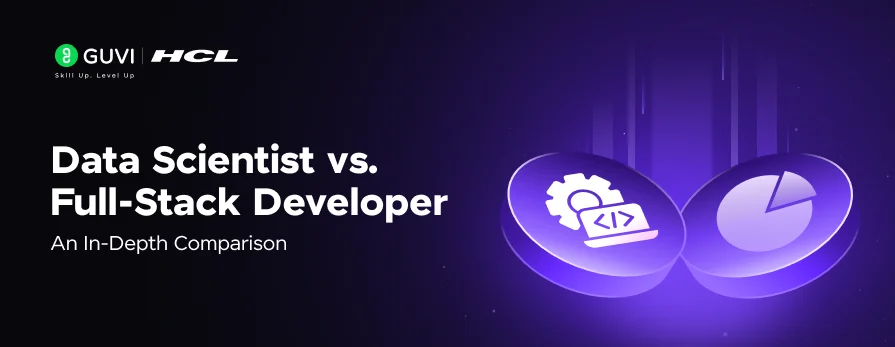
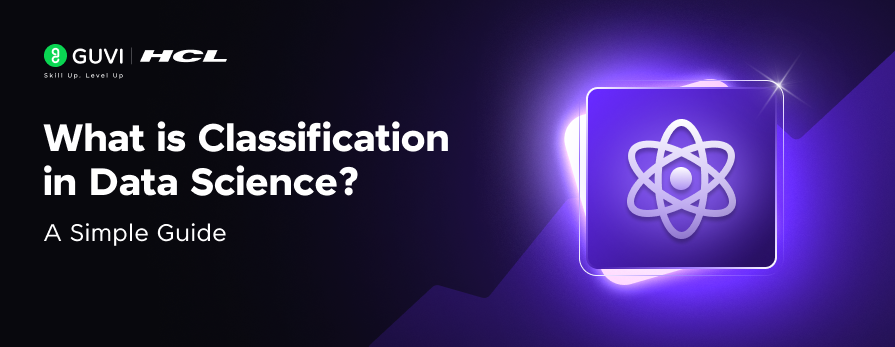


![Top Data Science Programming Languages All Beginners Must Know [2025] 12 data science programming language](https://www.guvi.in/blog/wp-content/uploads/2025/06/Feature-Image-3.png)
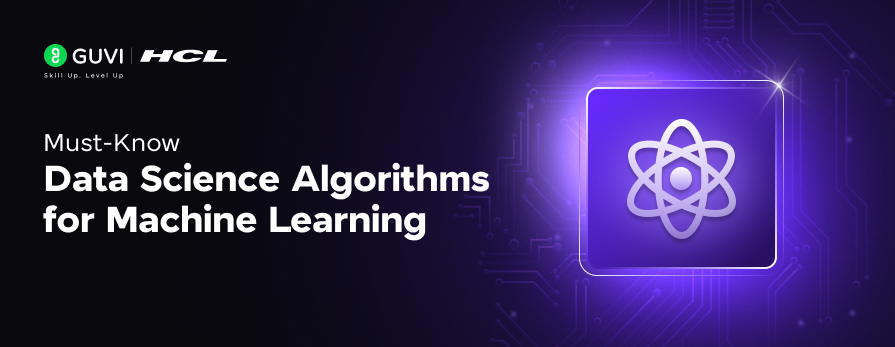
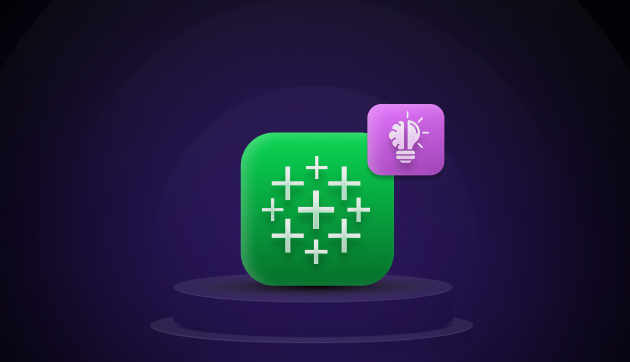
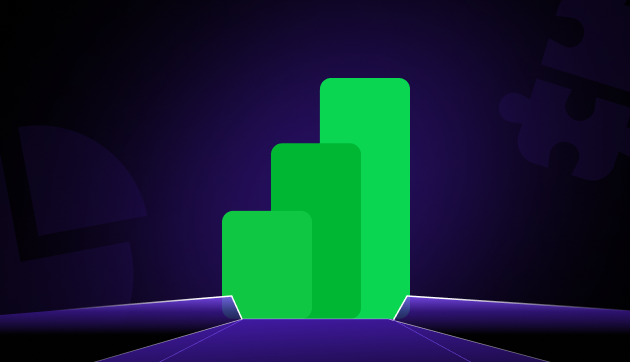
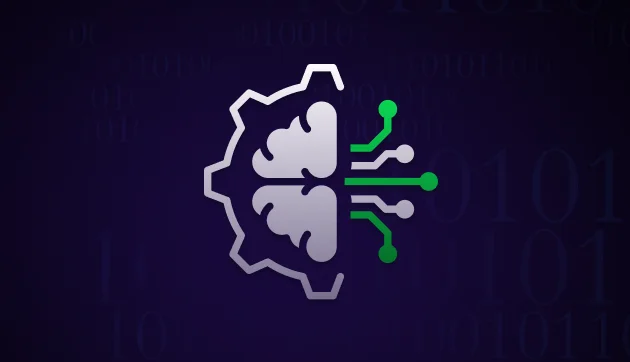

Did you enjoy this article?